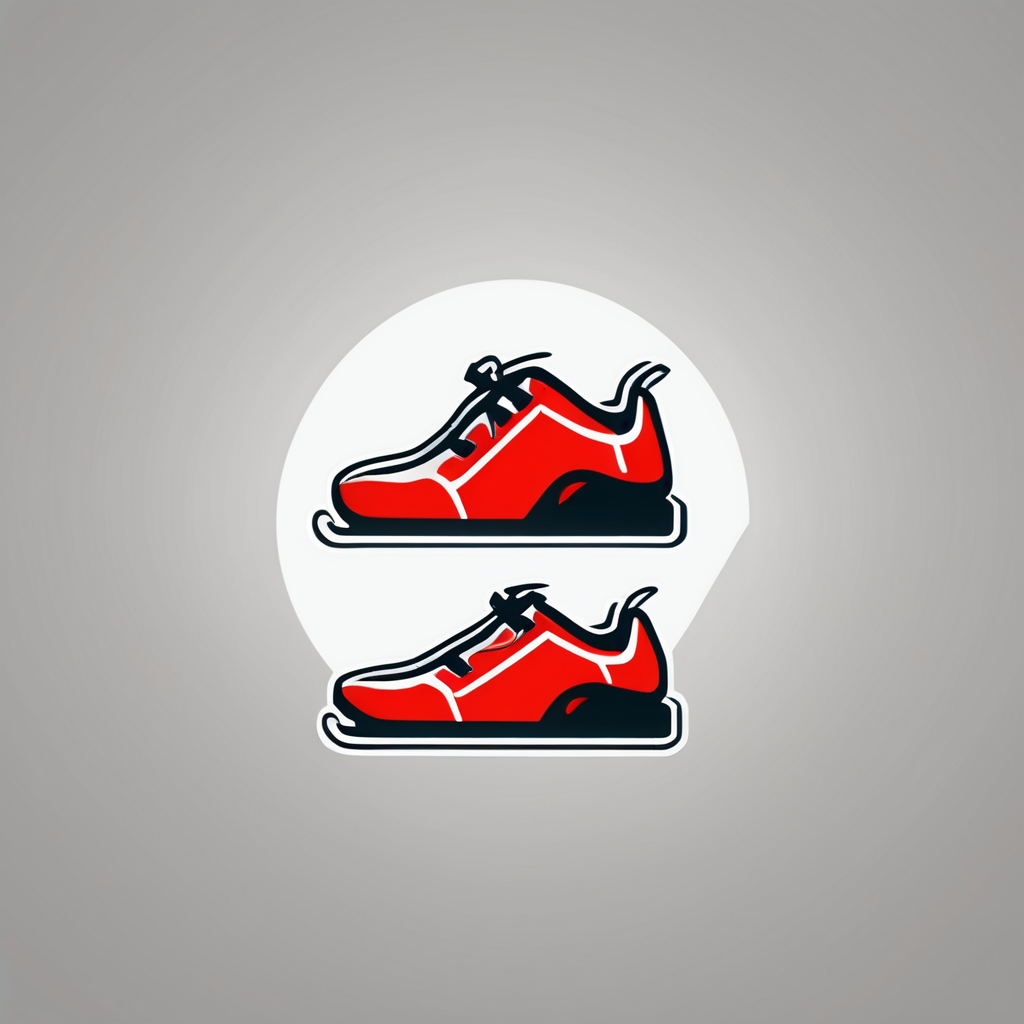Overview of Clutch Cable Replacement
Timely clutch cable replacement is crucial for maintaining optimal performance and safety of your sport bike. The clutch cable is responsible for transferring the physical action of pulling the clutch lever to disengaging the clutch plates, which is essential for smooth gear shifts. A worn or damaged cable can lead to gear shifting issues, which could potentially compromise your control over the bike.
Typically, a clutch cable has a lifespan that varies between 5,000 to 10,000 miles, depending on factors such as riding style, terrain, and maintenance habits. Regular sport bike maintenance helps in detecting any early signs of wear and ensures that the cable is replaced before it fails.
This might interest you : Top Strategies to Prepare Your Sport Bike for an Adventure in the Scottish Highlands’ Altitude
Signs that a clutch cable may need replacing include increased resistance when pulling the clutch lever, fraying or visible damage to the cable, and inconsistent clutch performance, where the clutch does not disengage smoothly or fully. This can lead to gear grinding or the inability to change gears effectively.
By addressing these issues promptly and using the appropriate essential tools for the task, you can ensure your motorcycle stays in excellent working condition and avoid more significant mechanical problems down the road.
Also read : Best Sport Bike Protection Gear Materials: Prime Picks for the UK’s Unpredictable Weather
Tools and Materials Needed
When undertaking a DIY motorcycle repair, having the proper maintenance tools and required parts is essential to ensure a smooth clutch cable replacement process. Depending on your bike model, the tools might vary slightly, but generally, you’ll need a set of spanners, pliers, a screwdriver, and a lubricant. Investing in high-quality tools can make subsequent bike maintenance easier and more efficient.
For recommended materials, opt for a high-quality clutch cable designed for durability and longevity, ideally one that suits your specific sport bike model. Lubricants will help maintain the cable’s function and prolong its lifespan.
When considering costs in the UK, the budget for parts and tools can range widely. High-quality clutch cables might cost between £20 to £50, while a basic set of maintenance tools could range from £50 to £150 depending on brand and quality. It’s advisable to invest in premium products for better long-term performance and savings.
By having the right set of maintenance tools and materials ready, you ensure that your motorcycle’s clutch system remains in optimal condition, thereby enhancing safety and longevity.
Step-by-Step Guide to Replacing the Clutch Cable
Replacing your clutch cable can seem daunting, but it becomes manageable with a clear DIY guide. Here, we break down the process into three main stages: preparation, removal, and installation.
Preparing Your Bike
Before starting the motorcycle repair process, ensure your bike is secure and upright, ideally on a centre stand. Collect your maintenance tools, including spanners, pliers, and screwdrivers. This setup helps provide a stable working environment and ensures all necessary tools are at hand.
Removing the Old Clutch Cable
Begin by locating the clutch cable adjuster, usually near the handlebars or engine. Loosen these adjusters to release tension in the clutch cable. Carefully disconnect the cable from both the clutch lever and the engine’s clutch linkage. It’s essential to keep these components safe for use with the new cable.
Installing the New Clutch Cable
Thread the new clutch cable through the bike following the original path to avoid obstructions. Attach it securely to both ends. Properly adjust the cable tension with the adjusters to ensure a smooth and responsive clutch pull. Refer to your bike’s manual for specific torque specifications, ensuring an accurate fit. Test the clutch for any installation issues before concluding the repair.
Safety Tips When Working on Your Bike
Undertaking motorcycle maintenance requires strict adherence to safety precautions to prevent injuries. Wearing appropriate safety gear, such as gloves and safety glasses, is essential to protect against unexpected hazards like sharp tools or debris.
Maintaining a workshop safety checklist enhances awareness during motorcycle maintenance tasks. Before starting, ensure all tools are in good working condition and organized within reach to avoid unnecessary distractions. Frequently inspect the workspace for any tripping hazards, and keep the area well-lit to minimize errors.
A suitable environment is crucial for ensuring safety. Always work in a stable, uncluttered space with enough ventilation to keep harmful fumes at bay. Avoid oily or wet surfaces, as they increase the risk of slipping. If your workspace is in a garage, make sure it is adequately cleared of obstacles.
Maintaining focus on safety helps not only in avoiding personal harm but also in achieving a successful DIY motorcycle repair. Following these guidelines sets a standard for reliable and effective bike maintenance practices.
Weather Considerations for Clutch Cable Maintenance
When riding in the UK, understanding how weather conditions impact your motorcycle’s clutch cable maintenance is vital. Rain and humidity can severely affect clutch cable performance, potentially accelerating wear and introducing moisture-induced friction. In such conditions, frequent inspections and lubrication become crucial to extending the cable’s life.
Protecting your bike amid inclement weather helps mitigate these effects. Investing in weather-resistant covers and parking in sheltered areas are effective strategies. After riding in the rain, dry the bike thoroughly to prevent excessive moisture build-up, which can lead to rust and further damage.
To ensure long-term cable durability, adopting seasonal maintenance practices is advisable. During wetter months, consider using higher-grade lubricants specifically designed for moisture resistance. In colder seasons, regularly check the cable tension and consider adjustments to maintain smooth operation.
By acknowledging the challenges posed by UK weather and being proactive with your maintenance, you’ll improve your bike’s reliability and safety. Tailoring your maintenance habits to weather fluctuations not only preserves the clutch cable but also enhances the overall riding experience.
Troubleshooting Common Issues After Replacement
After completing a clutch cable replacement, some performance issues might arise. Understanding these potential problems can help in effective troubleshooting.
Clutch cable problems can include an unusually loose or tight clutch lever. Adjusting cable tension accurately is essential for ensuring the lever pulls smoothly without excessive play or resistance. Using the adjuster nuts, balance the tension until the clutch engages correctly.
Another issue could be the clutch not disengaging completely, which usually results from an incorrectly routed cable. Ensure the cable follows the bike’s original path, avoiding any sharp bends that might impair its functionality.
Certain noise levels or resistance might also indicate other complications post-installation. These can often be resolved by re-adjusting the cable path or consulting your bike’s repair manual for specific technical guidance.
When issues persist, consider if the problem lies beyond the cable itself. Sometimes, damaged clutch plates or a malfunctioning gear system could be contributing factors. If diagnosing the problem proves challenging, seeking professional help ensures your sport bike’s clutch functions optimally. Balancing DIY repairs with expert consultation helps maintain your motorcycle’s performance and safety.
Sourcing Parts and Community Resources
Finding the right motorcycle parts is essential for a successful clutch cable replacement. Several online retailers offer a wide range of options, making it convenient to source high-quality cables and maintenance tools. When choosing an online retailer, consider reputable sites with positive reviews for customer satisfaction. This ensures both the durability of the parts and reliability of the service.
Local motorcycle shops can also be invaluable when sourcing your clutch cable. They provide the opportunity to see parts up close and consult knowledgeable staff on your sport bike’s specific needs. Establishing a relationship with a local shop can grant access to expert advice on maintenance and repair tasks.
Engaging with online communities and forums is another resourceful way to gather insights. These platforms allow you to connect with fellow riders and experts who can offer advice on clutch cable replacement and general motorcycle maintenance. Sharing experiences and receiving support helps troubleshoot issues and gather recommendations for the most effective repair methods.
Combine these resources to enhance your understanding of not only sourcing the right parts but also executing clutch cable replacements with confidence and precision, ensuring a smoother ride.






